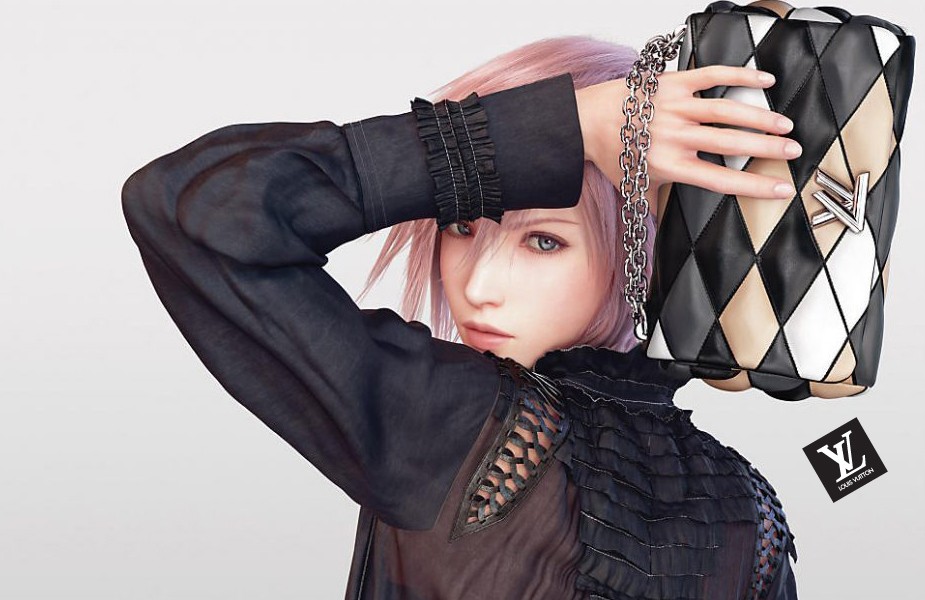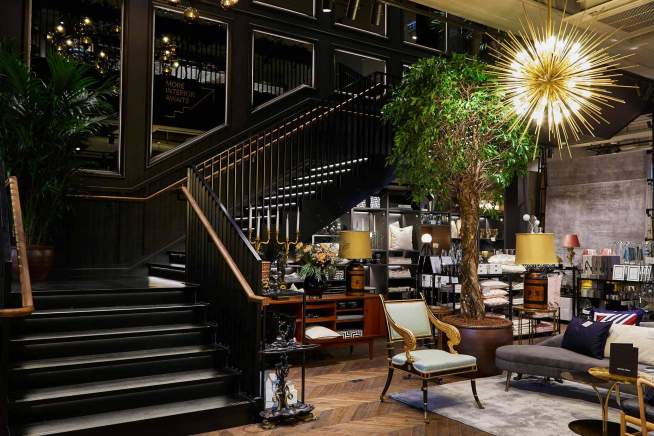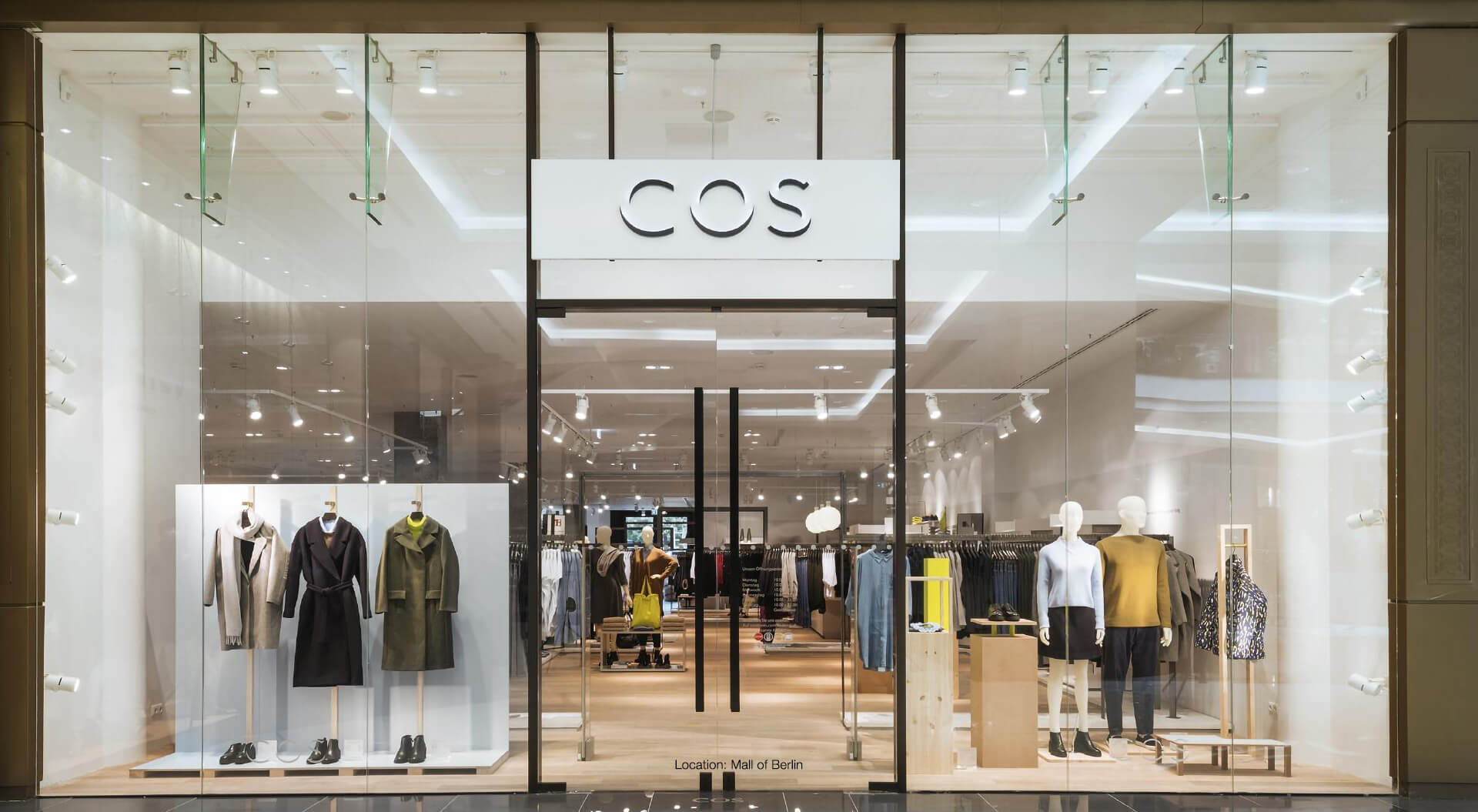News and Views
Developing a luxury brand strategy, and a brand agency overview.


The LV monogram
In a previous article, we explored the multi-channel fashion retail pioneer, Chanel. In this article, we shift our focus to the strategies employed by the luxury brand Louis Vuitton.
Louis Vuitton, along with its iconic LV monogram, stands as one of the world’s most valuable brands, boasting an estimated total brand value of $29.25 billion. Founded in 1854, this premium French fashion house is recognized globally for its specialization in three key segments: fashion accessories, luxury goods, and high-end apparel. The brand's strategy primarily targets the affluent, famous, and those willing to invest in luxury.
Reaching Your Target Client: Strategic Brand Marketing in the Luxury Segment
The first step in the luxury market is understanding that there are several possible strategies: 1) Luxury, 2) Fashion, and 3) Premium.
The first step in the luxury market is understanding that there are several possible strategies: 1) Luxury, 2) Fashion, and 3) Premium.
These strategies differ significantly. While the distinction may not be immediately apparent to the average consumer, it is crucial for managing the Louis Vuitton brand. Implementing a fashion or premium strategy might allow for a classic marketing approach. However, adopting a luxury strategy requires a comprehensive reevaluation of your entire marketing management perspective.
Luxury Strategy: This aims to maximize brand value and pricing power by leveraging intangible elements such as uniqueness, distinctiveness, individuality, heritage, craftsmanship, and exclusivity. Factors like time, country of origin, limited editions, and prestigious clientele contribute to this strategy.
Fashion Strategy: This operates under a different business model where heritage and time hold little significance. Fashion success hinges on current trends and is characterised by a short shelf life.
Premium Strategy: This can be summed up as “pay more, get more.” The goal is to establish superior value within its category through comparisons and benchmarking, emphasising quality and price ratio.
The luxury strategy is most effective in a broadly defined market, often absent in other segments, though brands like Bvlgari and Rolls-Royce have thrived compared to ubiquitous names like Apple and Mercedes in the premium segment.
Understanding Luxury: Personal vs. Perceived Value
The luxury segment encompasses two facets of value: personal luxury and luxury perceived by others. To maintain the latter, it is crucial to have many more prospective consumers familiar with the brand than those who can afford to buy it.
The luxury segment encompasses two facets of value: personal luxury and luxury perceived by others. To maintain the latter, it is crucial to have many more prospective consumers familiar with the brand than those who can afford to buy it.
In traditional marketing, the focus is on traction and return on investment, with media plans centred on the target consumer audience. Any reach beyond the target can be seen as a waste of resources. However, in luxury marketing, if someone observes the brand without recognising it, part of the investment is squandered. Hence, creating brand awareness beyond the target audience is vital, and it must convey a sense of prestige rather than merely recognition.
Our commitment to renewal involves benchmarking and discussing best-in-class brand design strategies across various market sectors globally. We invite you to explore the ‘news section’ of our website to discover our insights across different industries.
The images in this article are sourced from Louis Vuitton's Spring-Summer Series 4 2017 brand campaign, representing our perspectives on dynamic, multi-channel brand leaders.
If you’re interested in discussing your brand strategy, design renewal program, or online digital and social media needs, please don’t hesitate to reach out to us.








